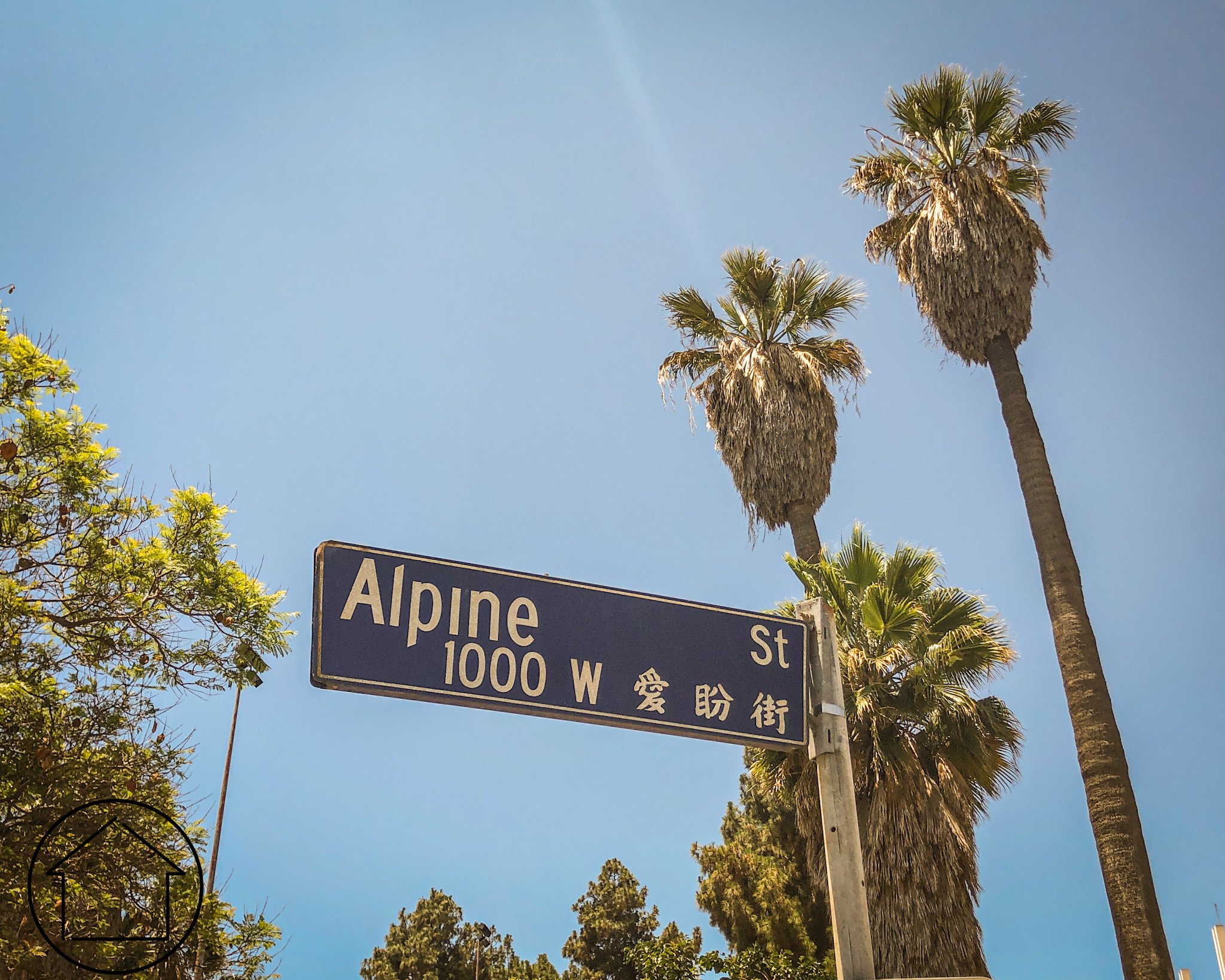
The Forgotten Edge
a proposed public-private partnership by up^placed
Community Background
THRIVING
Early Development
Ice Moguls and Nuns!
-
Wealthy Canadian immigrants Victor and future Mayor Prudent Beaudry developed in the area where The Forgotten Edge is today in the 1880’s.
-
This tract of land included a small hill at Sunset & Beaudry that they sold to the Daughters of Charity, who constructed a new hospital for St Vincent’s.
-
One of the first stops on the Red Line as city dwellers left Los Angeles was on Alpine Street. It was a central part of a thriving community in early Los Angeles.
-
By the 1920s, the neighborhood had become known as 'Little Italy' with a well-established Italian immigrant population.
DIVIDED
Impacts of Urbanization
New Freedoms, Rights Removed
-
As Los Angeles grew, so did its infamous reputation for being an auto-centric city. Demand for automobiles rapidly grew, and so did its infrastructure requirements. In a relatively short period, Los Angeles transformed from a small Pueblo town into the Metropolis it has become today.
As residents demanded their cars, the City, State, and Federal governments were required to develop a new regional transportation system to support them. Creating this infrastructure to support the California suburban lifestyle was the turning point for an auto-dependent city.
-
By the 1870s, Los Angeles had a well-established and growing Chinese community. To support the growing City, in 1931, the Supreme Court ruled in favor of displacing nearly 3,000 community members. The ‘New Chinatown’ was formed, and the community moved west into what is known as Chinatown today and The Forgotten Edge.
-
America's first freeway, the 'Arroyo Secco Parkway' opened in 1940. By 1953, rapid urbanization led to an expansion of the parkway and created its famous four-level interchange with the 101 freeway just outside The Forgotten Edge. These projects physically divided the community, leaving and left two small blocks intact of Alpine Street west of the Parkway.
-
St Vincent's eventually moved their hospital to a facility at 3rd and Alvarado location.
FORGOTTEN
Urban Decay
Nobody Walks in LA!
-
Los Angeles's auto culture was at its zenith when the Metropolitan Water District began developing a new headquarters at the former Sisters Hospital.
-
Rapid urbanization focused on creating buildings that favored indoor environments over the public realm, resulting in urban dead zones.
Society demanded the freedoms that came with cars and lifestyles that worked within those freedoms.
-
A decade after the construction of its campus, MWD expanded with a new seven-story office building and parking garage that consumed one side of the remaining two blocks of Alpine Street, decimating the small community that remained. With a freeway to the east, parking lots to the south, and MWD’s modern campus designed for cars to the west, it created an urban dead zone leading to a ‘forgotten’ community that became a haven for crime and gang activity.
-
Years later, in 1993, after a home invasion that took LAPD hours to respond to, community members decided they wouldn’t be ‘forgotten’ anymore, and the LA Times article titled “‘The Forgotten Edge’ Takes a Stand” provided them with a voice to tell their story, and it worked.
Heritage
Embedded within places are tangible and intangible components of heritage.
Ideas, thoughts, and activities that developed over time that will help inform its future.
Placemaking
Looking back we learned about a community rooted in transit with a rich cultural history.
Transit, housing, culture, and commerce were part of its foundation.
Sustainability
Recent investment in the area provides evidence of demand.
We won’t lose connections this time, we will restore them.
Climate Resiliency
A community called ‘The Forgotten Edge’ to drive change.
We will drive change through acceleration.
The Forgotten Edge
Connected Centers from the 1973 Concept Plan for Los Angeles





